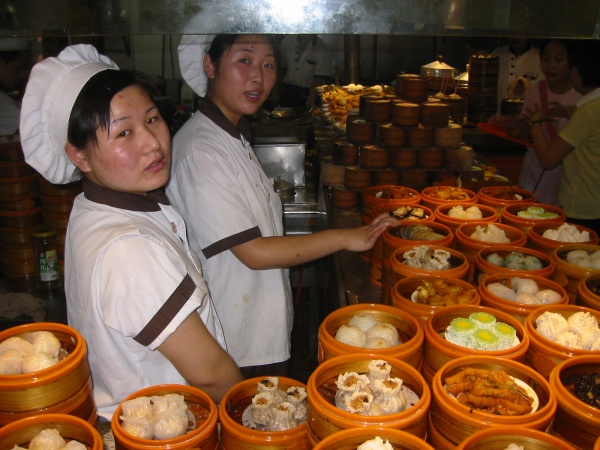Facts About Dim sum
Dim sum is an exquisite style of Chinese cuisine featuring small, bite-sized portions of food, typically presented in steamer baskets or on small plates. Originating from Cantonese culture, dim sum is often enjoyed with tea and closely associated with yum cha, meaning "drink tea" in Cantonese. Traditionally, these fully cooked dishes are served in Cantonese teahouses, where servers push carts around, allowing diners to select their favorites.
The origins of the term "dim sum" are somewhat unclear, with various historical accounts offering differing explanations. However, the term has been used to describe small dishes since at least the Song dynasty. The history of dim sum is deeply intertwined with yum cha, a Cantonese brunch tradition that evolved from teahouses along the ancient Silk Road. While the term "dim sum" might be relatively recent, the dishes themselves have a long history, especially in Guangzhou and Hong Kong.
A typical dim sum brunch features a variety of dishes such as steamed buns, dumplings, rice noodle rolls, and soups. These can be steamed, fried, or prepared in other ways, and they are served in small portions perfect for sharing. The cuisine is renowned for its wide range of offerings, including meat, seafood, vegetables, rice, and even desserts.
Tea is a crucial part of the dim sum experience. Various customs, such as pouring tea for others, tapping your fingers as a thank-you gesture, and signaling for refills, are part of the ritual. Common teas served with dim sum include chrysanthemum, green tea, oolong tea, and Pu-erh tea.
Dim sum is typically served in specialized brunch restaurants or teahouses, where dishes are often brought around on steam-heated carts. Prices can vary, and orders are traditionally recorded on a bill card using a rubber stamp or ink pen. Some modern restaurants use a conveyor belt system or take orders via pre-printed sheets of paper.
Today, you can find modern variations of dim sum, including fusion dishes created by inventive chefs. Instant dim sum has also become popular, allowing for quick and easy consumption at home or on the go. Street vendors and grocery stores further demonstrate the versatility and accessibility of this beloved Chinese cuisine.

 Vietnam
Vietnam